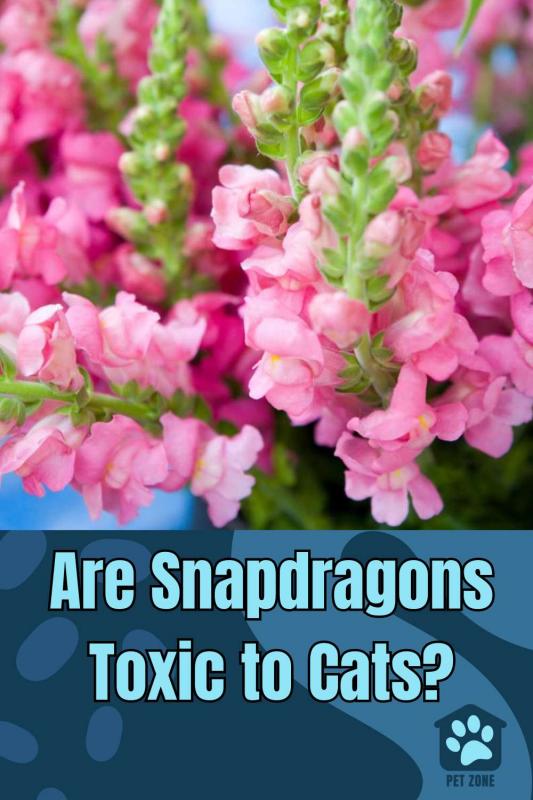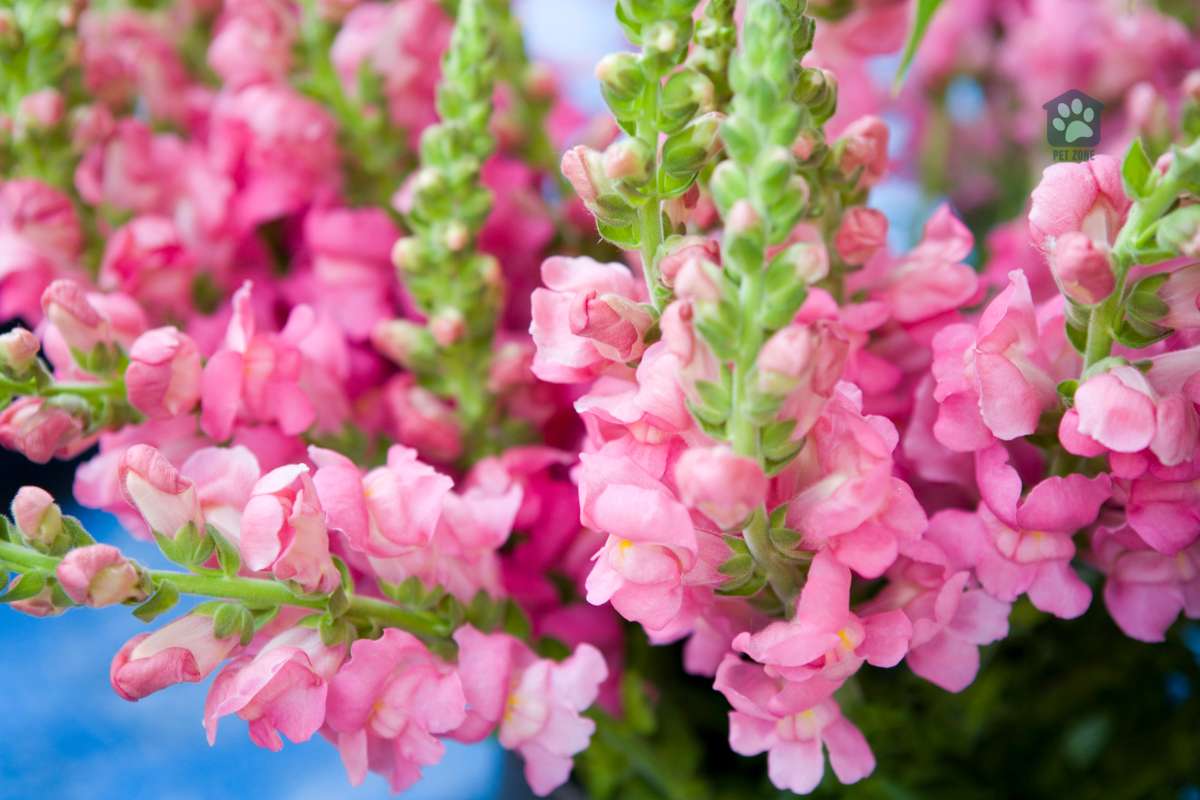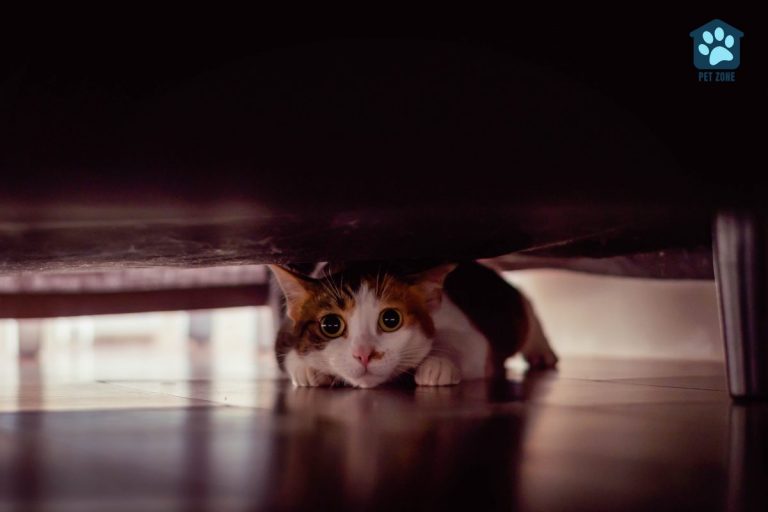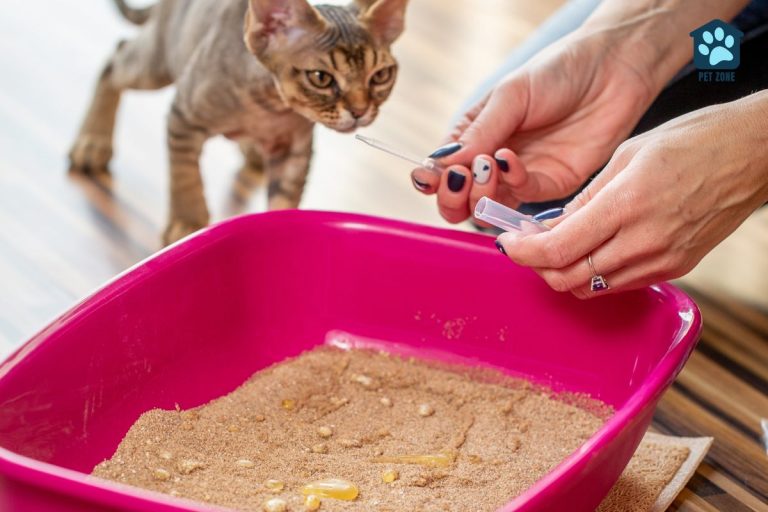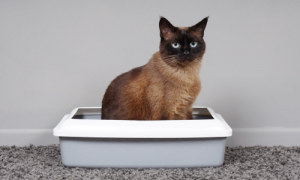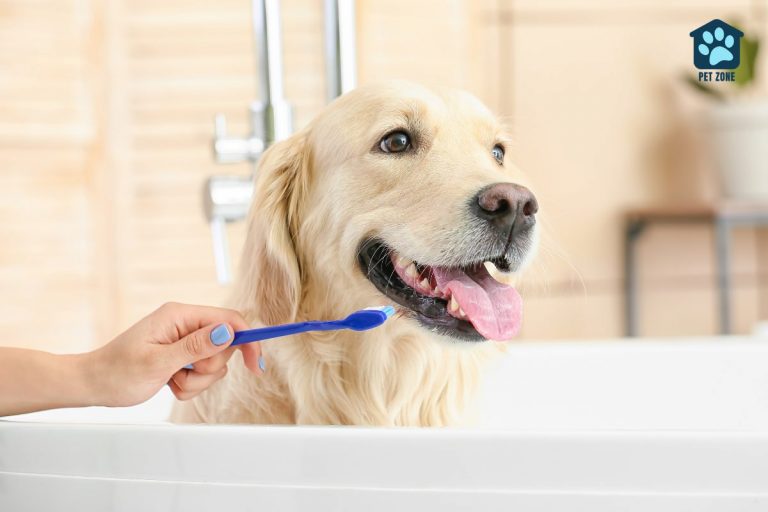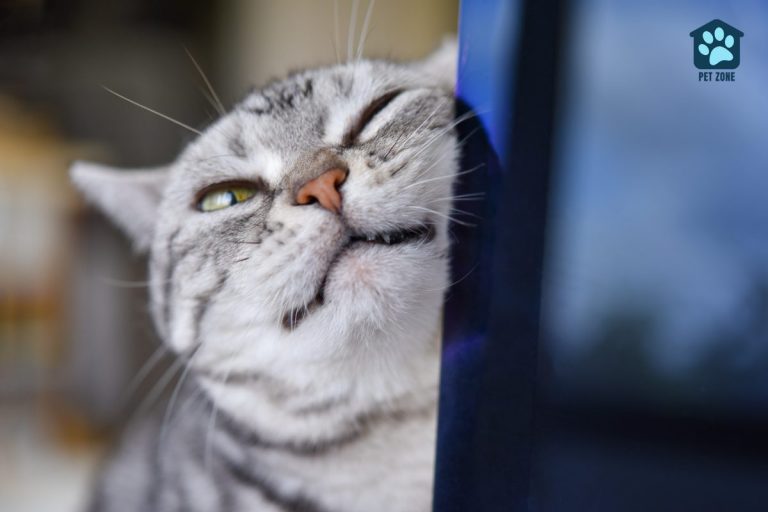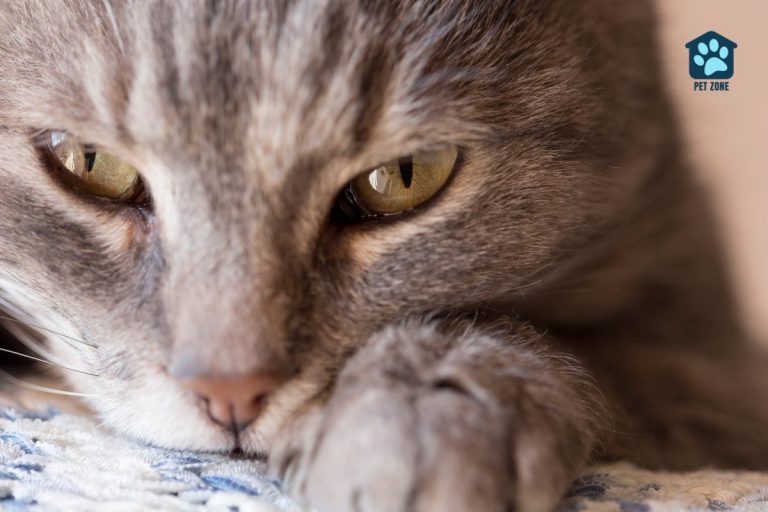Estimated reading time: 7 minutes
We all want to ensure the safety and well-being of our feline friends. Part of that responsibility includes knowing which common plants are safe for them and which ones pose a danger.
In this article, we’ll explore the safety of various plants for cats, starting with the main question: are snapdragons toxic to cats?
We’ll also discuss the signs that your cat may have been poisoned by these plants, so you can act quickly and keep your furry companion healthy and happy.
Common Safe Plants for Cats
First lets explore some common plants that are safe for cats. These plants can add a touch of green to your home without posing a risk to your feline friend.
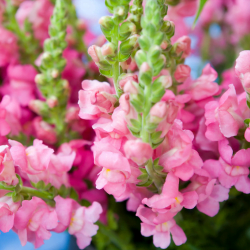
Snapdragons
The good news is that snapdragons (Antirrhinum majus) are considered non-toxic to cats. If your cat does happen to nibble on a snapdragon, they may experience mild gastrointestinal upset, but this should pass without any serious consequences.
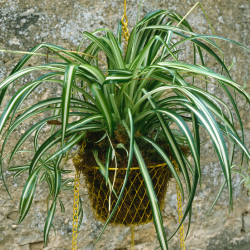
Spider Plants
Spider plants (Chlorophytum comosum) are non-toxic to cats and are a popular choice for cat owners due to their air-pururifying qualities. They’re easy to grow and can thrive in various conditions, making them a great addition to any home.
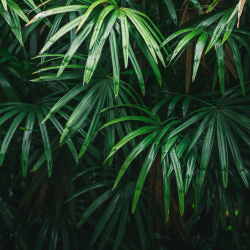
Bamboo Palm
Bamboo palm (Chamaedorea seifrizii) is another safe option for cats. This attractive, low-maintenance plant adds a tropical touch to your home and helps purify the air.
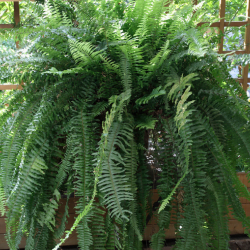
Boston Fern
Boston ferns (Nephrolepis exaltata) are non-toxic to cats and make for an excellent hanging plant or tabletop decoration. They thrive in indirect sunlight and high humidity, so consider placing them in a well-lit bathroom.
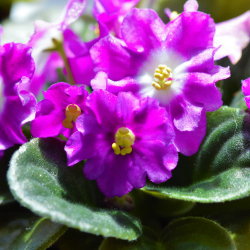
African Violets
African violets (Saintpaulia species) are beautiful flowering plants that are safe for cats. They come in various colors and add a lovely touch of color to your home.
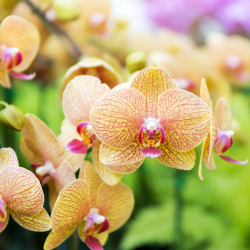
Orchids
Orchids (Orchidaceae family) are safe for cats and can add an elegant, exotic look to your home. With proper care, these stunning plants can bloom for months.
Common Poisonous Plants for Cats
Now that we’ve established that snapdragons are safe for cats let’s dive into some common plants that are toxic to them. It’s crucial to recognize these plants and their symptoms if ingested by your cat, so you can seek immediate veterinary care.
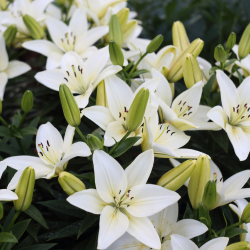
Lilies
Lilies (Lilium and Hemerocallis species) are extremely toxic to cats. Even small amounts of any part of the plant can cause severe kidney damage, leading to acute kidney failure.
Symptoms of lily poisoning in cats include vomiting, lethargy, loss of appetite, increased or decreased urination, and dehydration. If you suspect your cat has ingested a lily, take them to the vet immediately as time is of the essence.
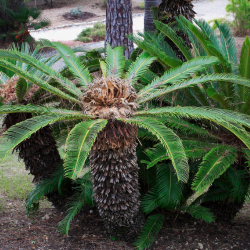
Sago Palms
Sago palms (Cycas revoluta) are another common plant that is highly toxic to cats. The entire plant is dangerous, but the seeds are the most toxic.
Ingestion of sago palm can cause vomiting, diarrhea, seizures, liver failure, and even death. If you believe your cat has been exposed to sago palm, seek veterinary care right away.

Azaleas
Azaleas (Rhododendron species) contain a toxin called grayanotoxin, which can cause severe gastrointestinal, cardiovascular, and neurological issues in cats.
Symptoms of azalea poisoning include drooling, vomiting, diarrhea, tremors, seizures, and even coma. Immediate veterinary care is necessary if you suspect your cat has ingested azalea.
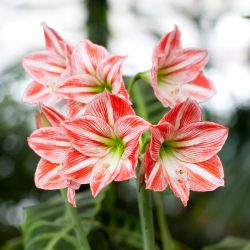
Amaryllis
Amaryllis (Hippeastrum species) contains toxins that can cause vomiting, diarrhea, abdominal pain, lethargy, and tremors in cats. If you think your cat has ingested amaryllis, consult your veterinarian as soon as possible.
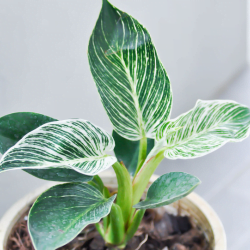
Philodendron
Philodendron plants contain insoluble calcium oxalates, which can cause oral irritation, drooling, vomiting, and difficulty swallowing in cats.
While not as life-threatening as some other toxic plants, it’s still essential to seek veterinary care if your cat has ingested philodendron.
Prevention and Management of Plant Poisoning in Cats
Now that we’ve covered the safe and poisonous plants for cats, let’s discuss how to prevent and manage plant poisoning in your feline companion.
- Educate yourself about toxic and non-toxic plants: Understanding which plants pose a threat to your cat is the first step in prevention. Familiarize yourself with the plants in your home and garden, and remove or replace any toxic varieties.
- Create a safe environment for your cat: Ensure your cat can’t access any potentially dangerous plants by placing them out of reach, using barriers, or opting for non-toxic plant species.
- What to do if you suspect your cat has ingested a poisonous plant: If you think your cat has been exposed to a toxic plant, contact your veterinarian immediately. Provide them with information about the plant and any symptoms your cat is exhibiting. Time is often critical when dealing with plant poisoning, so don’t hesitate to seek help.
- Importance of regular vet check-ups: Regular veterinary visits can help identify potential issues before they become severe, including exposure to toxic plants. Talk to your vet about any concerns you may have regarding your cat and plants.
Conclusion
It’s essential to be vigilant and proactive in keeping your cat safe from toxic plants. While snapdragons are safe for cats, there are many other common plants that can pose serious risks.
By familiarizing yourself with both safe and poisonous plants and creating a secure environment for your cat, you can help ensure their health and happiness.
Finally, don’t forget to spread awareness about the potential dangers of poisonous plants for cats. Together, we can make the world a safer place for our feline friends.
As an Amazon Associate I earn from qualifying purchases.
